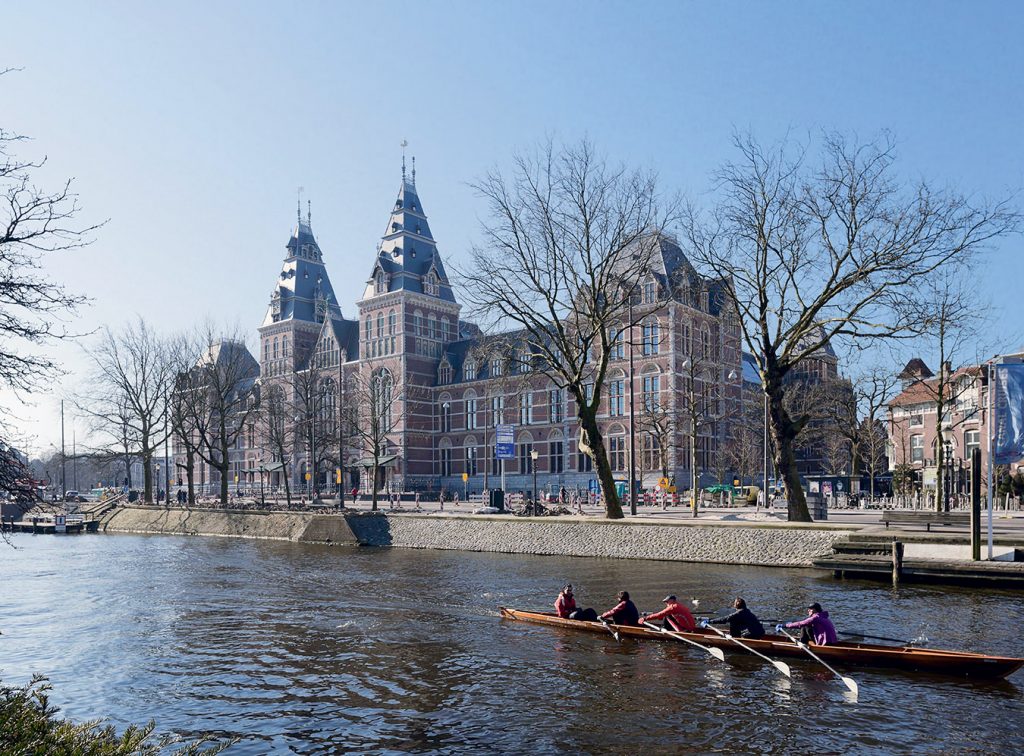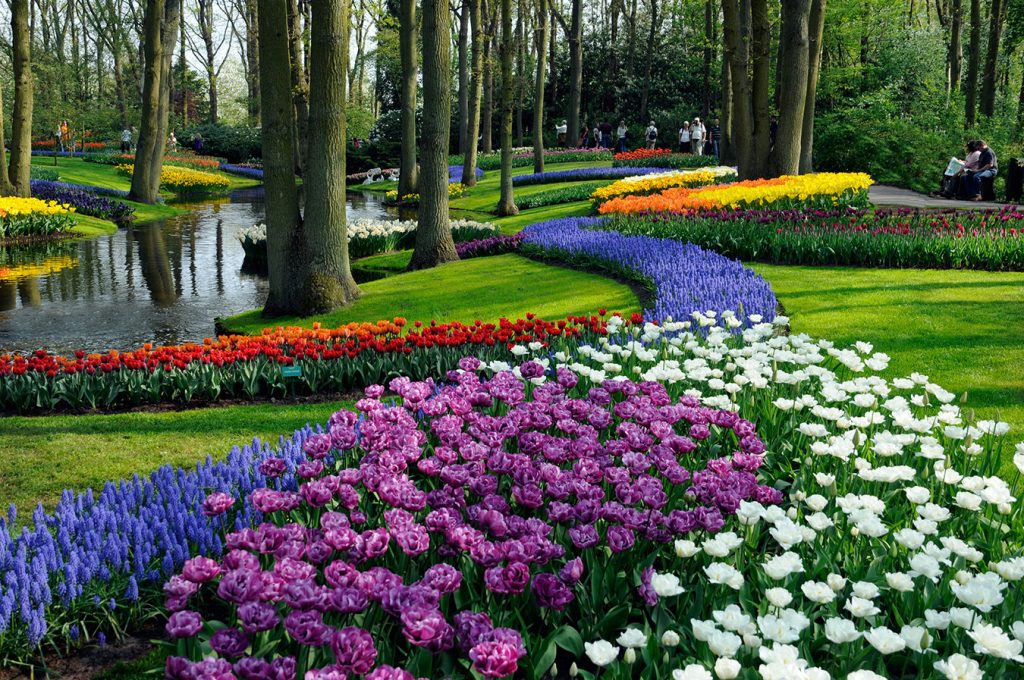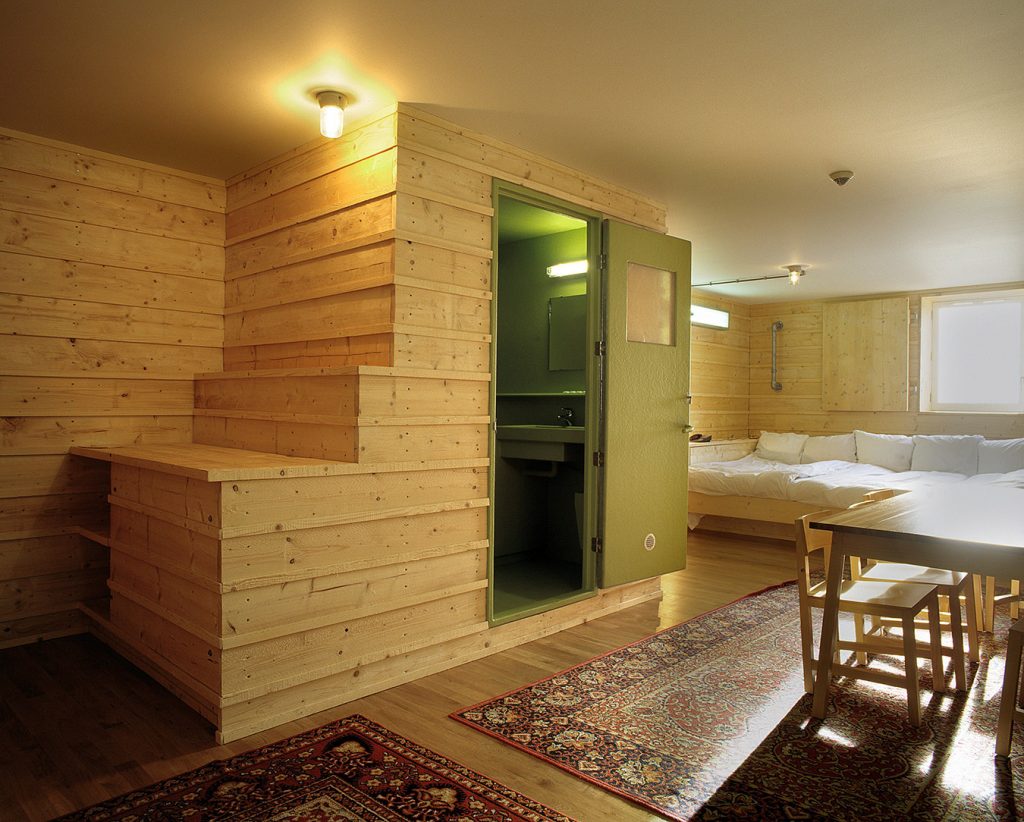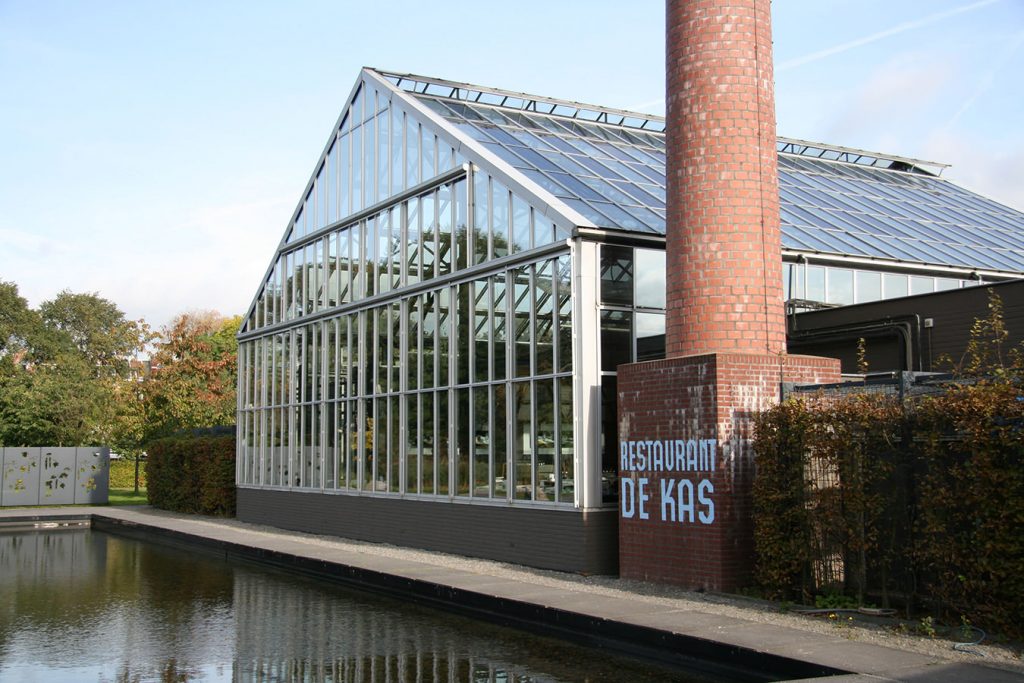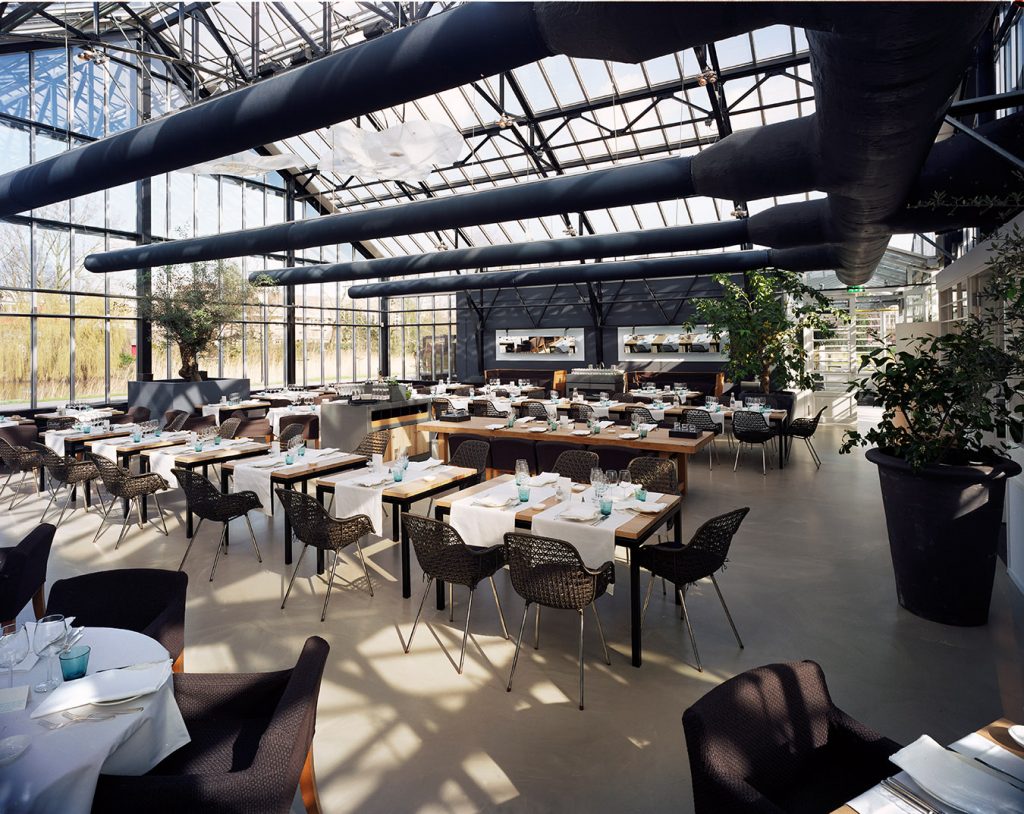Amsterdam has the mind and body of a big bustling city, internationally influenced and brimming with remarkable cultural attractions. But it also has the soul of an old village. The charm is still there, and there are plenty of curiosities to amuse and inspire. Traffic is heavy, but it moves quickly and consists primarily of bicycles; anything that can’t be reached within a 15- or 20-minute ride from the city centre is considered remote by local standards. There are gorgeous, polished, and carefully edited places to eat and drink, but also quirky hole-in-the-wall spots and secret lounges, open only if you know someone with access.
The year 2013 was a big one for Amsterdam. The city’s famous canals, declared a UNESCO World Heritage Site in 2010, celebrated their 400th anniversary. On April 30, the city was awash in orange for the ascension of King Willem-Alexander and Queen Maxima at the Royal Palace. The three major museums of the Museumplein public space also reopened to the public after undergoing major renovations.
One of these, the Rijksmuseum, reopened its doors this past April after having been closed for a full decade. They say good things come to those who wait. To think that an entire generation of people were born and raised, without ever having set foot in this museum. The restoration project was a massive undertaking that involved a collaboration with Pierre Cuypers (the original architect of the museum) and restoration architect Van Hoogevest and led by Spanish firm Cruz y Ortiz Arquitectos. Parisian architect Jean-Michel Wilmotte, known for his work in the Louvre, designed the galleries, outfitting them with elegant display cases, plinths, lighting, and furniture. The new glass-canopied atrium is spacious and bathed in natural light.
The museum has been reorganized chronologically across four floors, taking the visitor on a journey through 800 years of Dutch art and history, from the Middle Ages and Renaissance through to the 20th century; 8,000 objects including paintings, prints, drawings, silver, porcelain, Delftware, furniture, fashion, jewellery, arms, and other artifacts are displayed throughout the 80 galleries. Only Rembrandt’s The Night Watch was returned to its original position in the gallery.
After engaging in an extensive museum tour, dining is a nice idea. Kitchens and gardens go hand in hand, and some chefs are lucky enough to have a little garden adjoined to their restaurant for herbs and such. But chef Gert Jan Hageman has taken it to a whole new level. Hageman earned Vermeer a Michelin star in 1993, but De Kas is the realization of his own dream, come to fruition in 2001. Hageman converted an eight-metre-high glass building, Amsterdam’s Municipal Nursery (an old greenhouse dating from 1926) in the tranquil Frankendael Park, into a restaurant and nursery. The dining room is breathtaking—bright, open, spacious. For a more exciting experience, you can even sit at the chef’s table in the kitchen and observe the hustle of dinner service.
There is only one menu at De Kas, which changes weekly, and nothing but the freshest local bounty is served. Seasonal vegetables are cultivated in a large field in the Beemster Polder, a UNESCO World Heritage Site of reclaimed land about 25 kilometres north of Amsterdam. Mediterranean vegetables, herbs, and edible flowers are grown on site in the nursery. Hageman himself is there daily, tending to his plants. De Kas also sources other fresh ingredients—such as fruit, sweet corn, dairy products, and organic meat—from local farmers to supplement the harvest. Fish, too, is caught close to home, from the Wadden and North Seas.
Dutch design has achieved worldwide recognition for its modesty, simplicity, and humour. There’s one place in Amsterdam that is interested in your “cultural luggage” (that’s luggage, not baggage, an important distinction), what you bring to the table when travelling. To be inspired, stay where the creatives stay, from the amateur artist to the design elite. The Lloyd Hotel & Cultural Embassy sits on the waterfront in the Eastern Docklands of Amsterdam. The first hotel in the world with one-star rooms all the way up five-star rooms, the Lloyd embraces travellers of all kinds.
Suzanne Oxenaar, artistic director at the Lloyd Hotel & Cultural Embassy, is energetic, enthusiastic, and expressive. “We’re not a ‘design hotel’, but a hotel with design,” she explains. “We want to be the beautiful room of the Netherlands.” They do a good job of that, it’s true, but they don’t take themselves too seriously, either. Play is important, even encouraged. There are clever design features in each of the 117 rooms. Ingenious solutions have maximized both spaces small and unusual, often in amusing ways. Over 50 Dutch designers contributed to the interior, including Oxenaar herself. She takes great pleasure in designing difficult spaces, and when creating interior configurations for the hotel, she challenged her peers to do so as well. There’s a four-star room with a lofty two-storey ceiling. In a five-star room, a swing dangles from the wooden beams of a cozy attic. In another is a bed that sleeps eight. There are many surprises here.
Oxenaar also positions the Lloyd as a museum, with ever-changing “exhibits” and the shuffling and continuous repositioning of furniture in hallways and public spaces. It is easy to lose yourself within the hotel, exploring the curiosities on each floor and all its twists and turns. There is a staircase that leads up to a floor and then continues a few more steps only to end, abruptly, oddly, with a chair at the top of the small platform. Mezzanine platforms are flooded with soft, natural light during the daytime: two are dynamic spaces with shifting designs or exhibitions, which also play host to presentations and lectures, screenings, and performances, while another houses the library, which includes over 7,000 books, primarily on the subjects of art, design, and architecture. Throughout the hotel are a number of artifact-filled cabinets made from repurposed jail cell doors. They are painted white and outfitted with a few panes of coloured glass, making their grim past hardly recognizable. Whimsical furniture pieces that escape words are also to be found.
The Lloyd Hotel is, as they claim, always a work in progress, never finished. There is so much to discover within that it’s best to allot a full day just to stay in and be inspired by the stimulating environments. And when you think you finally might be ready to venture into the city, hop on a bike, rented from the hotel, and zip around. There’s a lot out there to see and do, after all.

